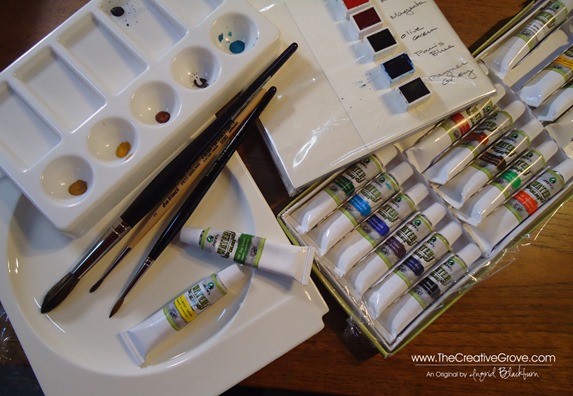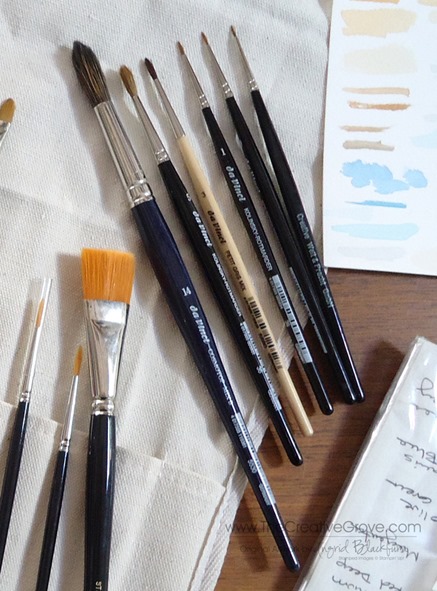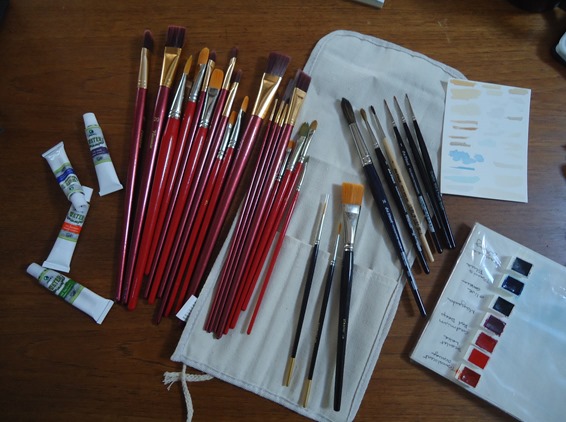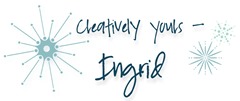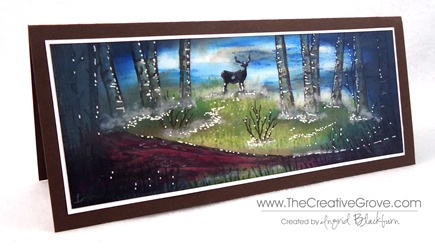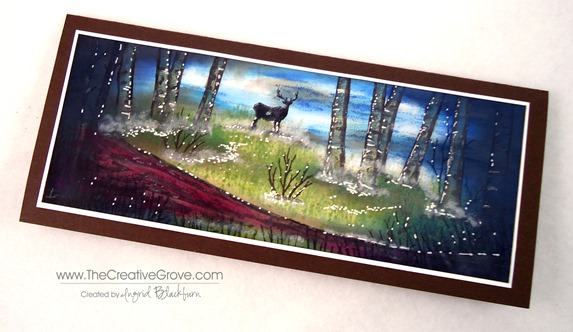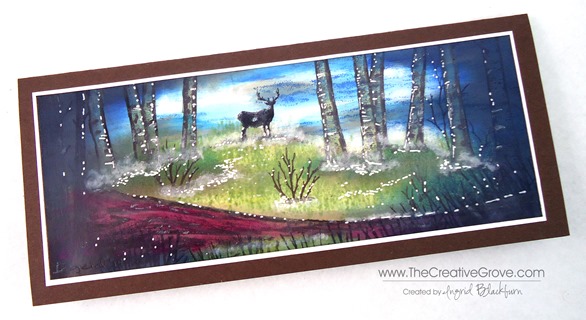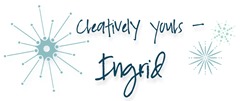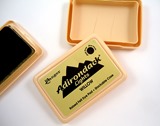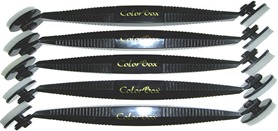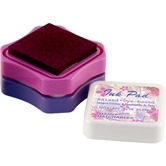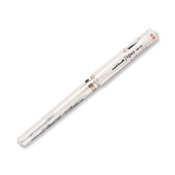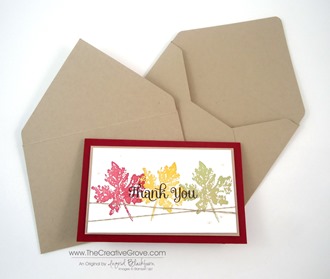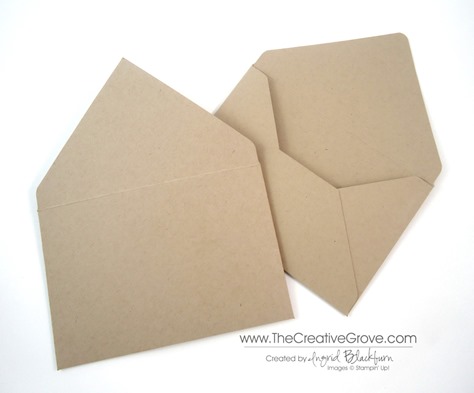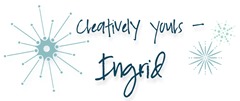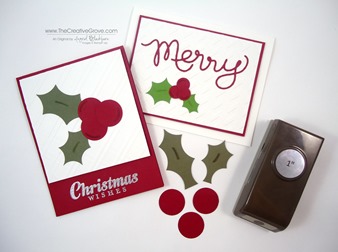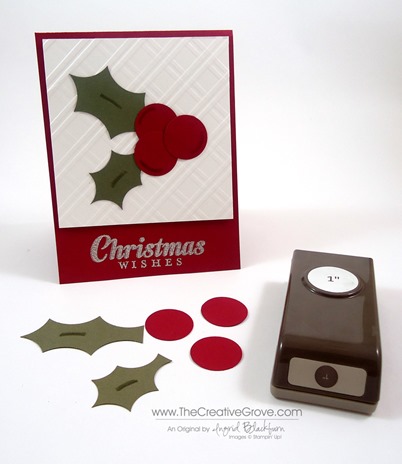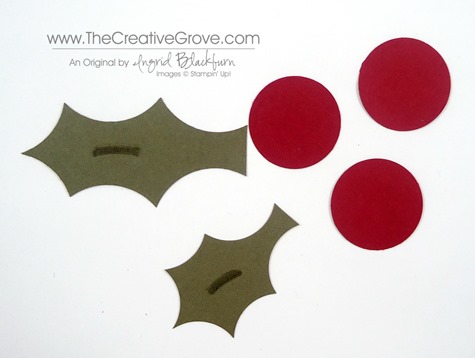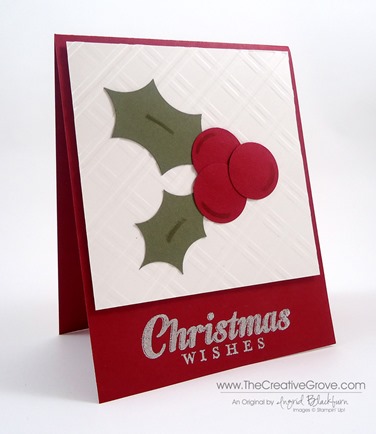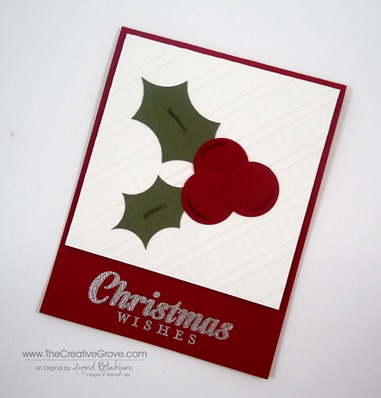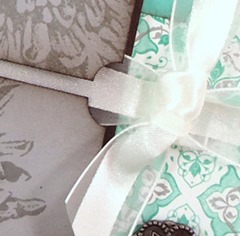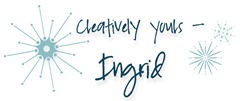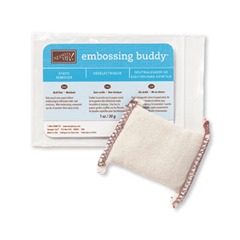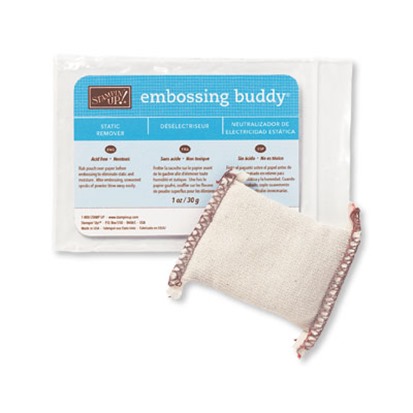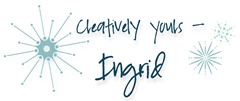Do you want to know just how easy effortless ink blending can be? Well, then you’re in the right place! Today I’m participating in a video hop along with 55 other crafty friends to help Save the Crafty YouTuber!
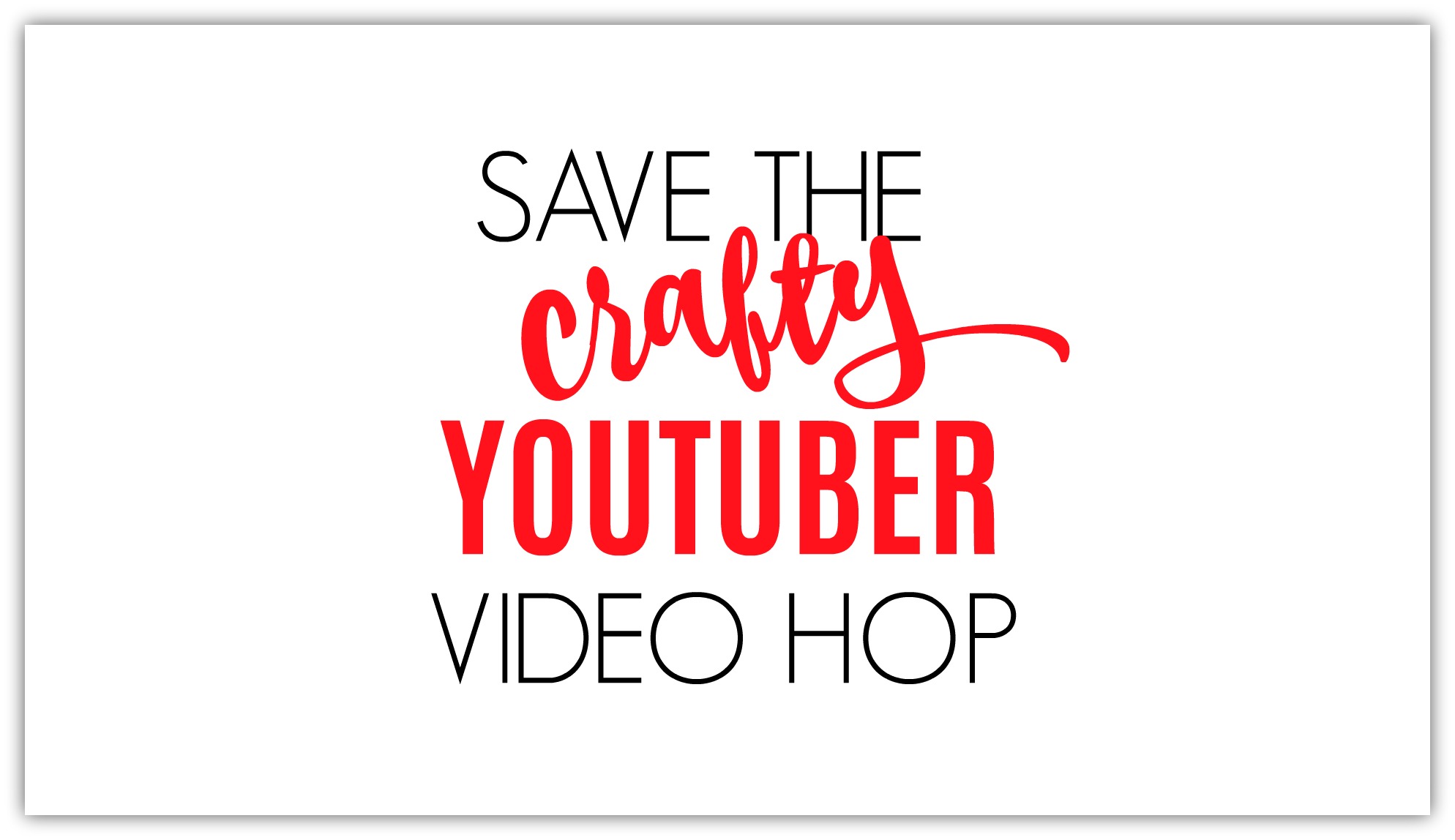
What does that mean? YouTube just recently changed their requirements for being able to earn on your videos and channels. That’s how many crafters earn a little extra money to help pay for all those crafty supplies you want to see us teach you about in videos. Making a video seems like such a simple thing – trust me, it’s not. The little 8 minute video I’m showing you today took me 7 hours start to finish to bring to you. And that’s just the video part.
It’s nice to be able to earn a little bit from the ads you see on the videos. Trust me, it’s nothing to retire on, it helps cover some crafty/tech costs – but not much. I do it more for the love, but it is nice!
YouTube recently changed the minimum requirements for the ability to monetize your channel (ads on videos), and it will now take a new crafter quite an effort to get to that point. I remember what it was like to be new, it’s not easy, and it’ll take a bit to get to these new minimums.
So my good friend and fellow crafty YouTuber Justine Hovey had the brilliant idea to organize a video tutorial hop to help SAVE some of the crafty YouTuber’s out there. She’s like that – always the cheerleader for every single YouTuber – big and small. Not everyone is like that, and I’m proud to call her a dear friend.
Everyone was invited to join – including some big names. The folks you see on this hop are all true champions. They don’t care about WHO is on the hop – they just wanted to help the smaller channels. And I applaud that.
So, today I, along with several of my seasoned crafty friends and companies have teamed up with many smaller channels being directly affected by this.
The goal – help us save their ability to continue like they had before. WATCH the videos (minutes watched are important), & subscribe to their channels – another key component. I want to thank you for taking the time, not just to read this, but hop along. For your time and effort – COMMENT along the way on every video. LITERALLY every video has prizes attached to it!!!
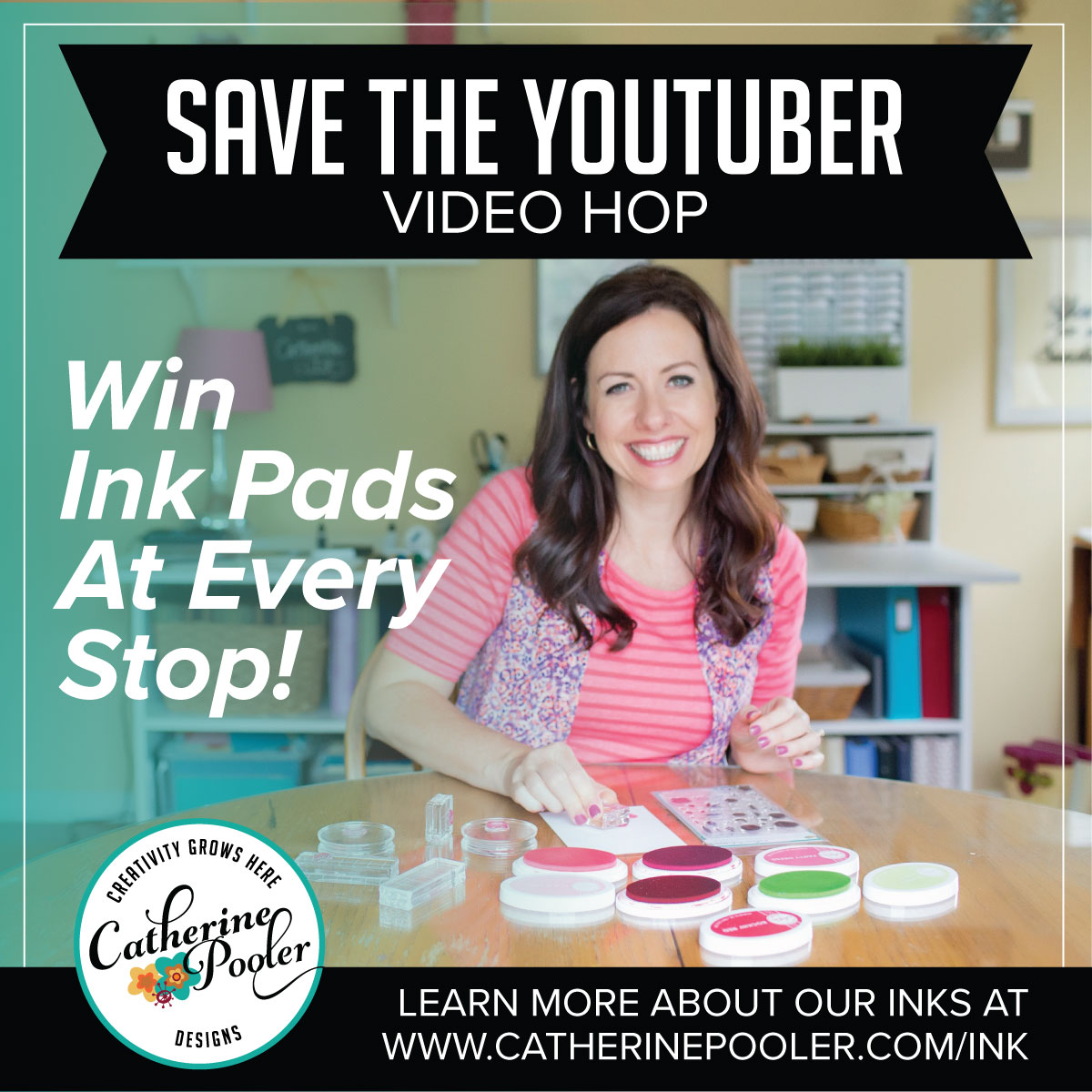
Catherine Pooler is giving away some ink pads on every single video! Simon Says Stamp is giving away a $25 gift certificate on every single video! Plus there are even more prizes from these amazing companies:
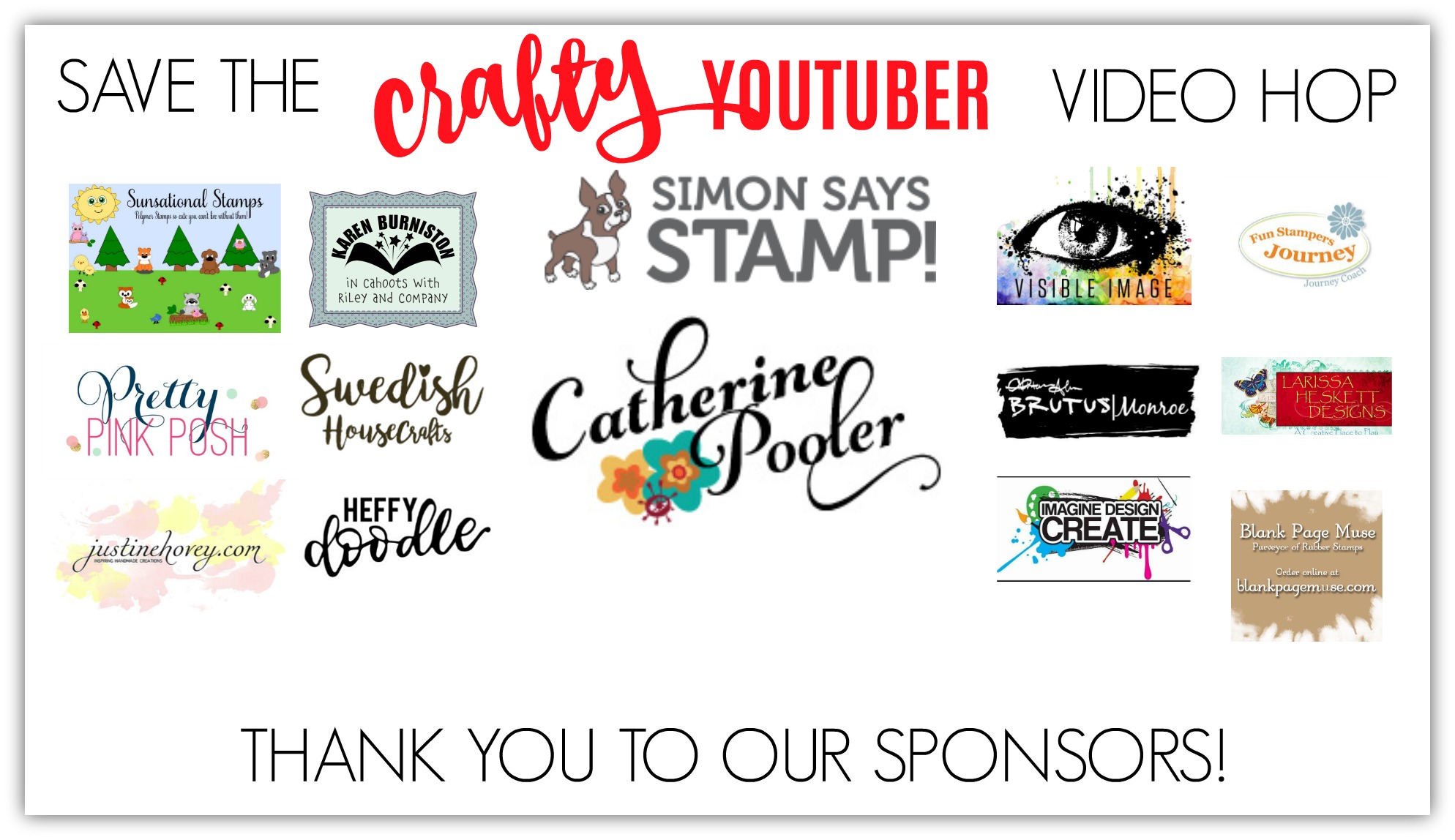
Effortless Ink Blending Tutorial & Video
For today’s tutorial, I wanted to showcase a technique that I have perfected. Seriously, if you have any trouble with getting an absolute effortless look to your ink blending – look no further. In just a few minutes I’ll show you how YOU too can have the perfectly ink blended look to your projects:
Click HERE to watch on YouTube in HD
Here are some tips to keep in mind:
- Your pressure is EVERYTHING
- Seriously, watch exactly how LIGHT I hold my tool in the video (1:05)
- Work light to dark – not the other way around
- Bring your lighter colors back into the transitions to help blend it out – KEY
I recently read an article that said to work dark to light. I 100% disagree with that.
You can not take away color, you CAN build it up.
Trust me, I have been ink blending for years. It’s probably one of the few techniques I’m the most disciplined at. Why? Pressure is EVERYTHING.
I am a fast crafter. Meaning – I’m a bit impatient. But not with ink blending. Cue screeching brake sounds….. Yes, even I have an internal throw on the brakes – watch your pressure, Ingrid voice!
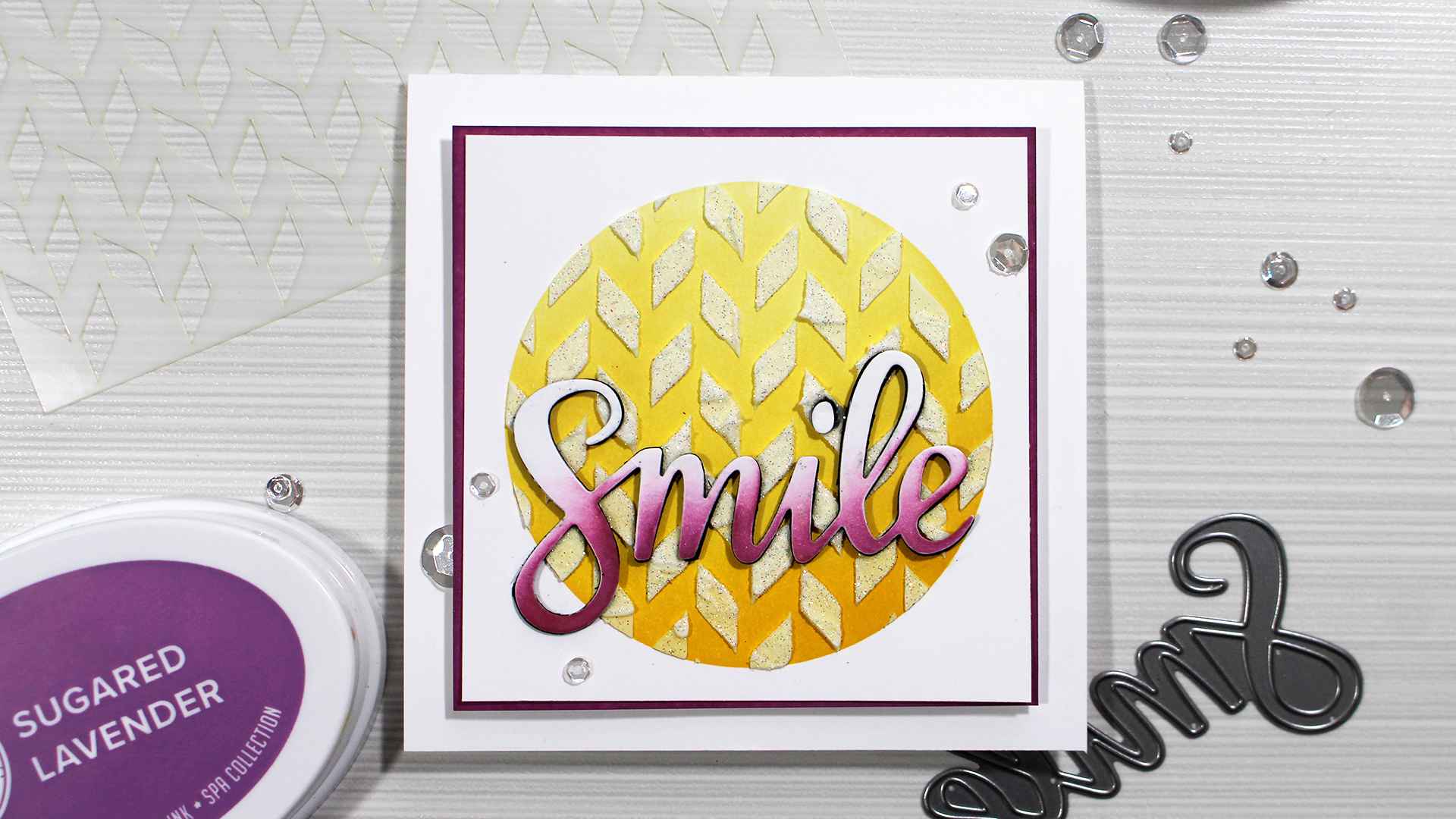
Isn’t that just gorgeous? Did you watch the video yet? Did you see how to add some fun sparkly texture to this project – oh, and did you notice the BRAND spanking new colors, word die and stencil?!!! YES, they are all being released tomorrow (2/13) over at CatherinePooler.com. Stop back by here for an awesome blog hop the next few days.
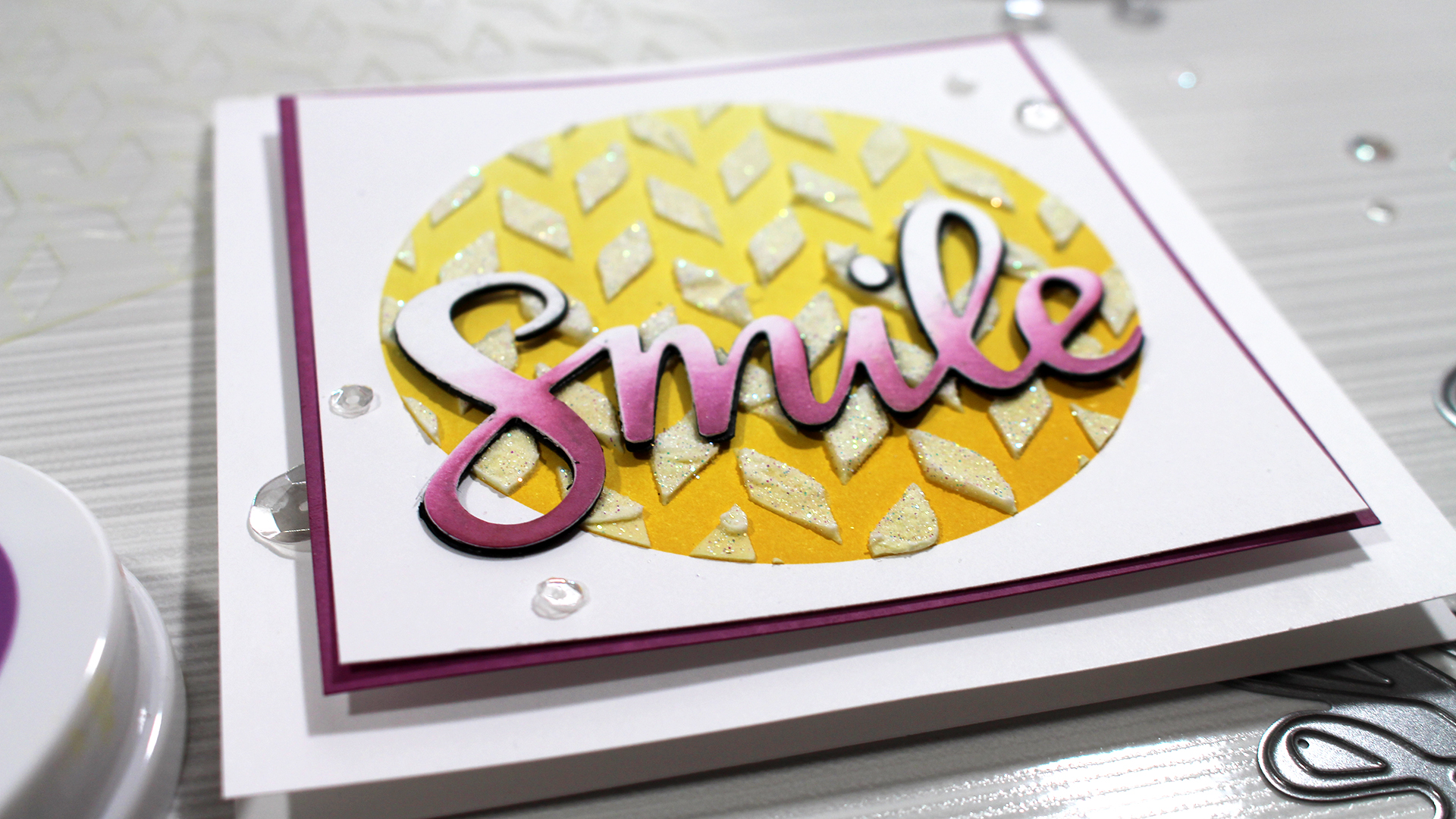
Want to learn more? Try these tutorials out:
Thanks for watching & thanks for subscribing…now go comment on everyone’s video post!!! Win those 120 prizes up for grabs!!! 🙂
Keep those fingers inky –
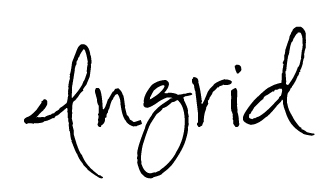
Supplies
To shop all the fun items I used in today’s video visit these sites. Have any questions? Leave a comment here or on my YouTube Channel. I’ll be adding the new products on 2/13 so check back for links to those!
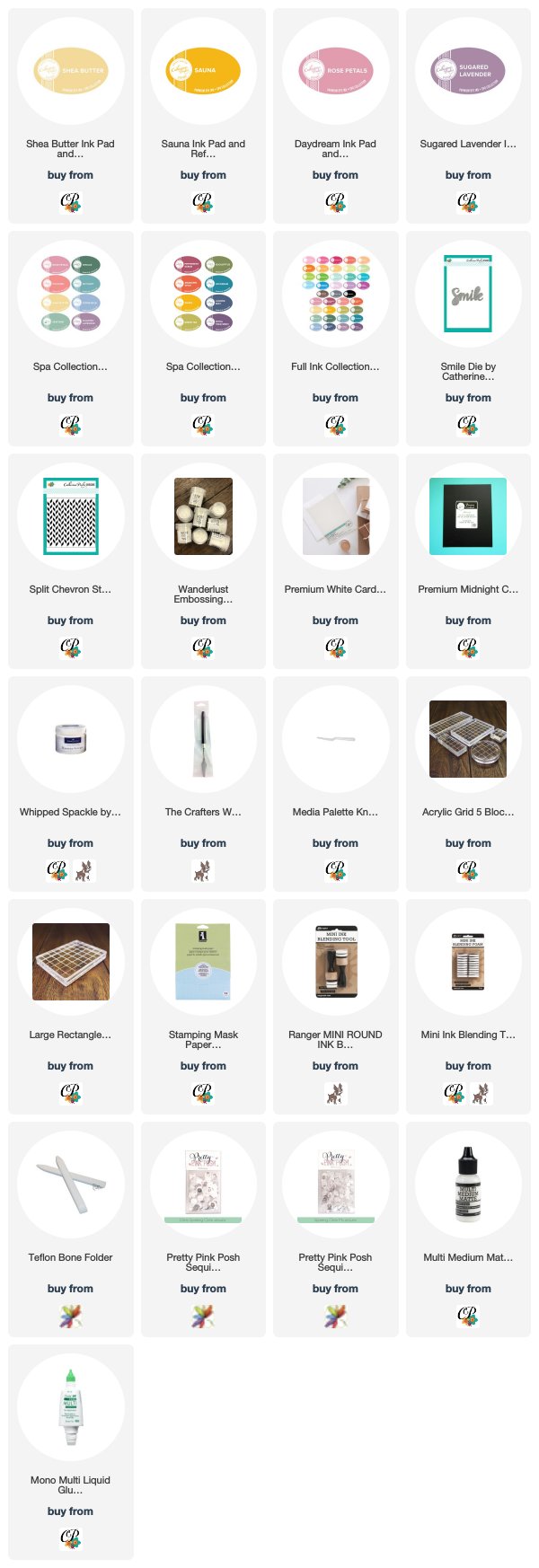
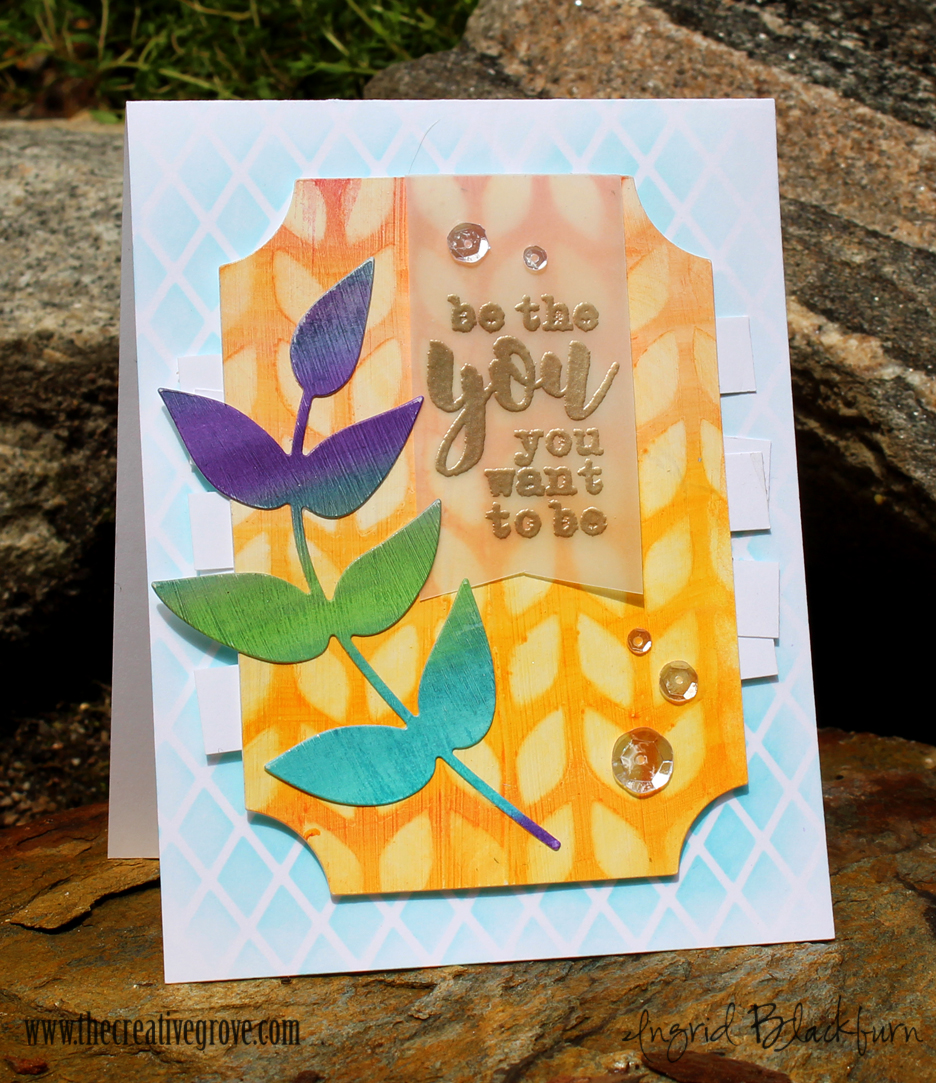
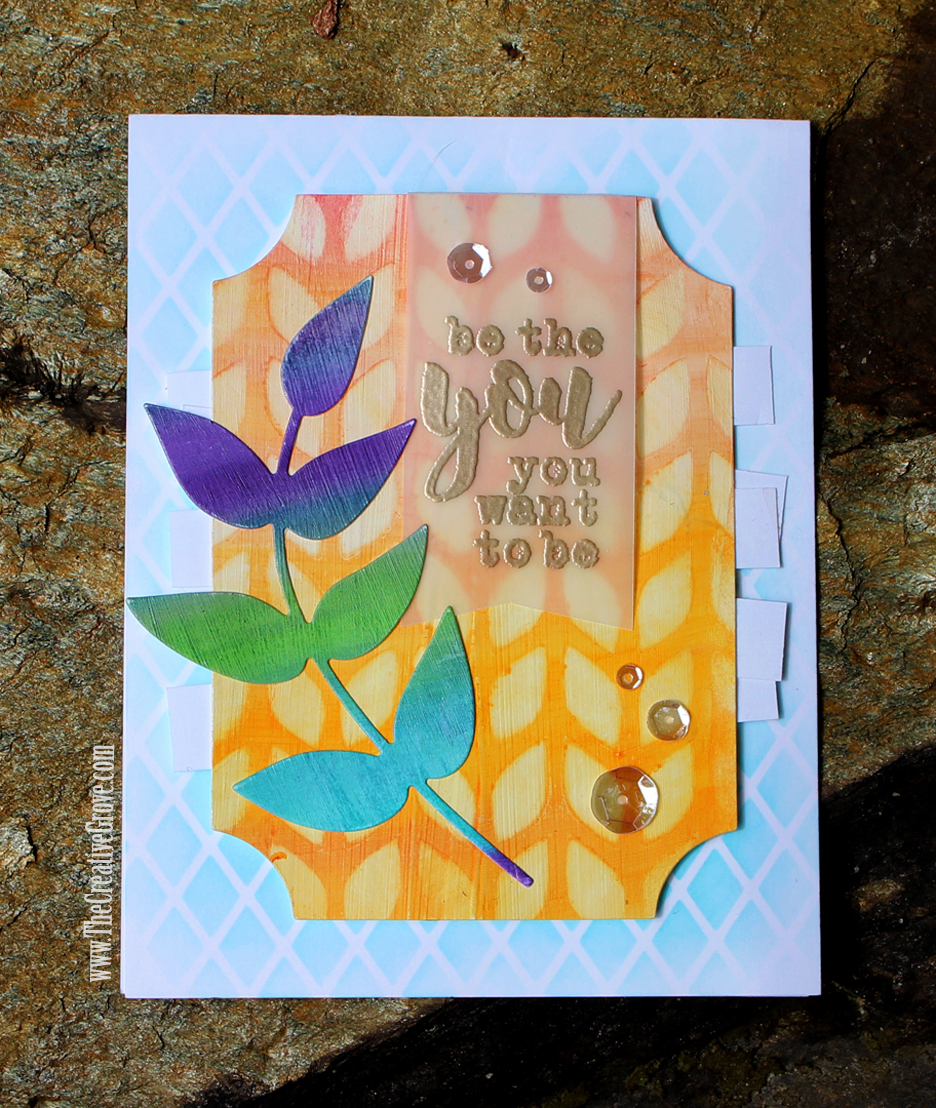
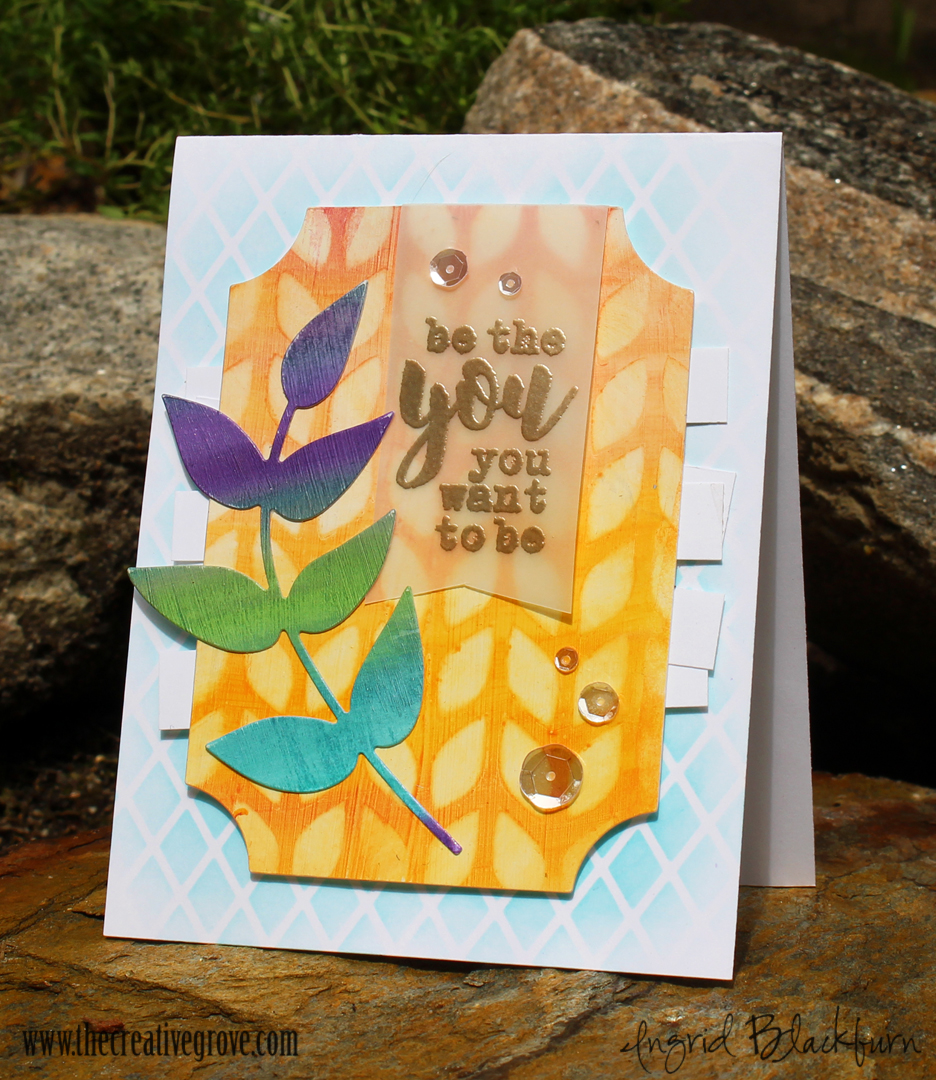
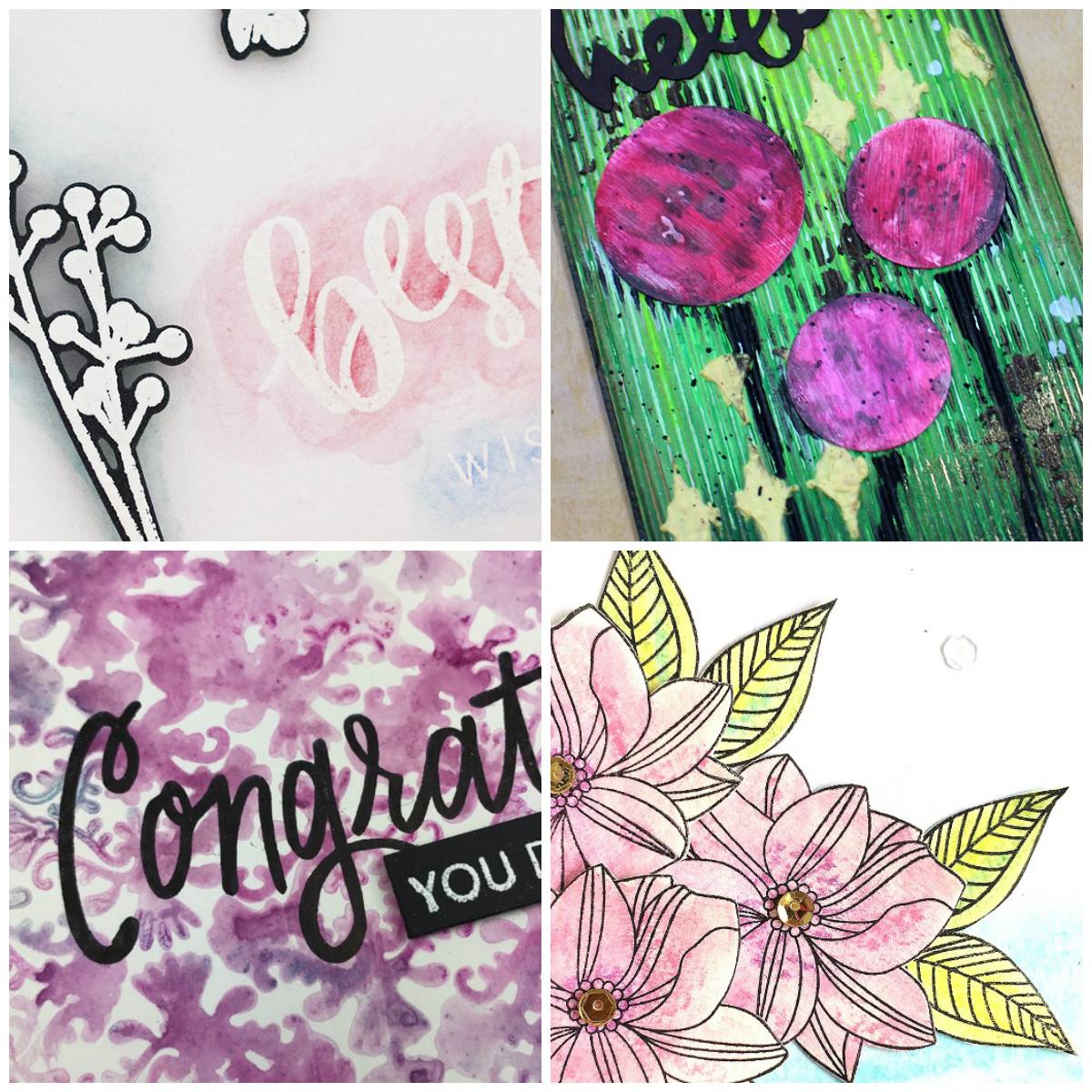

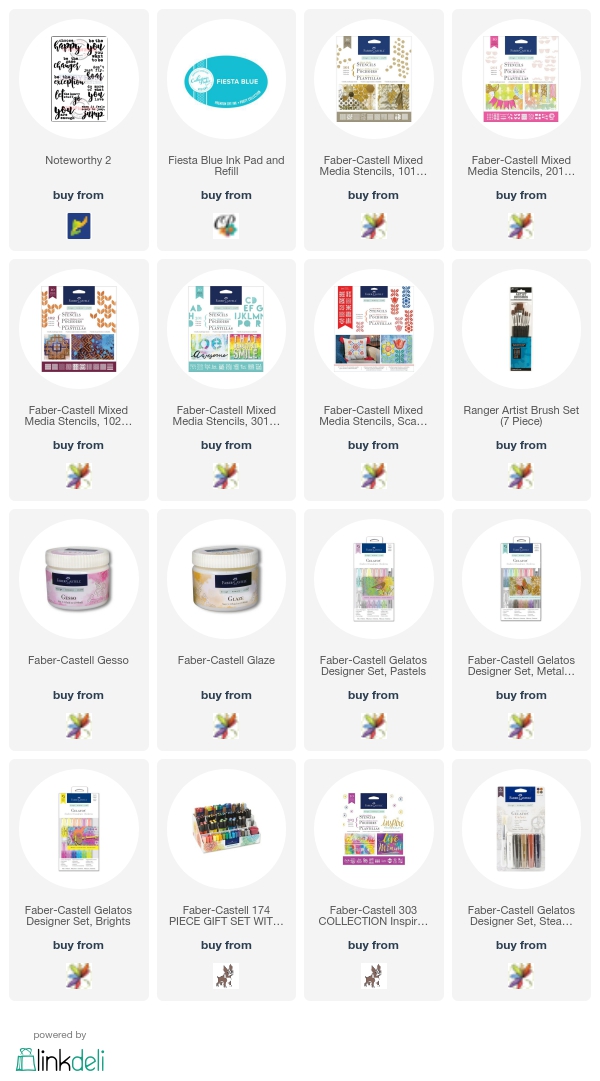
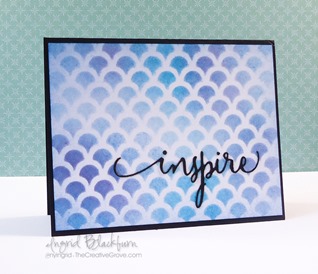
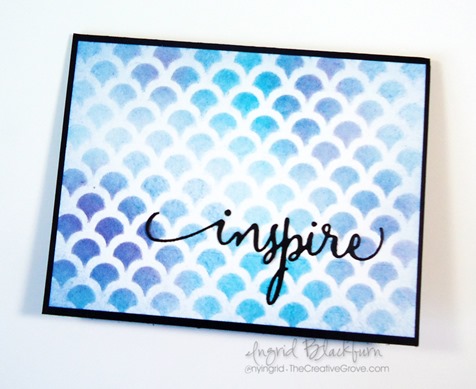
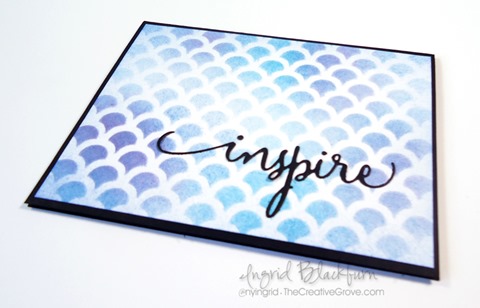
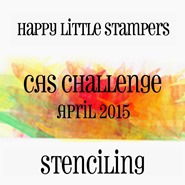
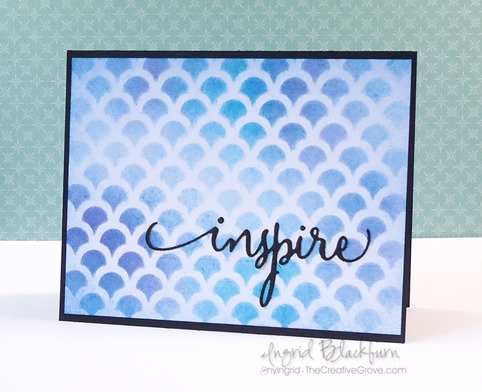

![DSC09982_thumb[5] DSC09982_thumb[5]](https://thecreativegrove.com/wp-content/uploads/2014/03/DSC09982_thumb5_thumb.jpg)
![DSC00026_thumb[2] DSC00026_thumb[2]](https://thecreativegrove.com/wp-content/uploads/2014/03/DSC00026_thumb2_thumb.jpg)
![DSC09982_thumb[7] DSC09982_thumb[7]](https://thecreativegrove.com/wp-content/uploads/2014/03/DSC09982_thumb7_thumb.jpg)
![DSC09985_thumb[7] DSC09985_thumb[7]](https://thecreativegrove.com/wp-content/uploads/2014/03/DSC09985_thumb7_thumb.jpg)
![DSC00013_thumb[5] DSC00013_thumb[5]](https://thecreativegrove.com/wp-content/uploads/2014/03/DSC00013_thumb5_thumb.jpg)
![DSC00019_thumb[2] DSC00019_thumb[2]](https://thecreativegrove.com/wp-content/uploads/2014/03/DSC00019_thumb2_thumb.jpg)
![DSC00013 copy_thumb[2] DSC00013 copy_thumb[2]](https://thecreativegrove.com/wp-content/uploads/2014/03/DSC00013-copy_thumb2_thumb.jpg)
